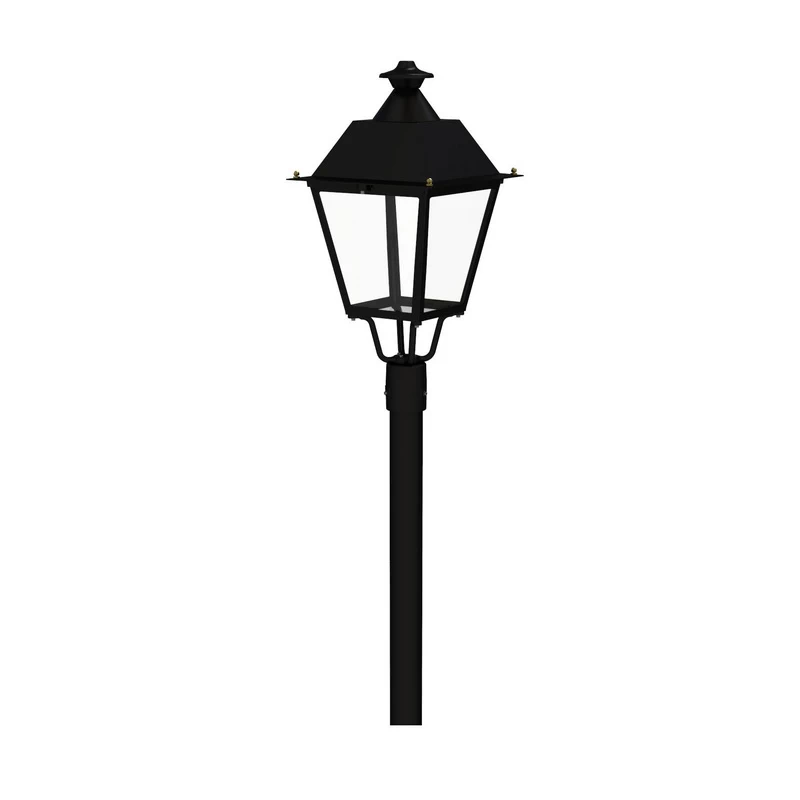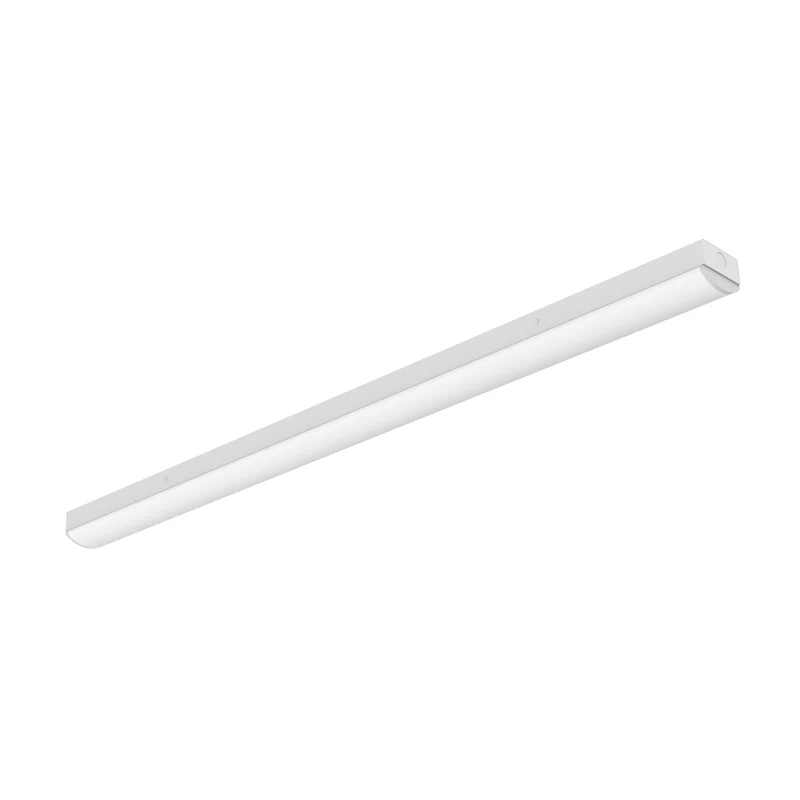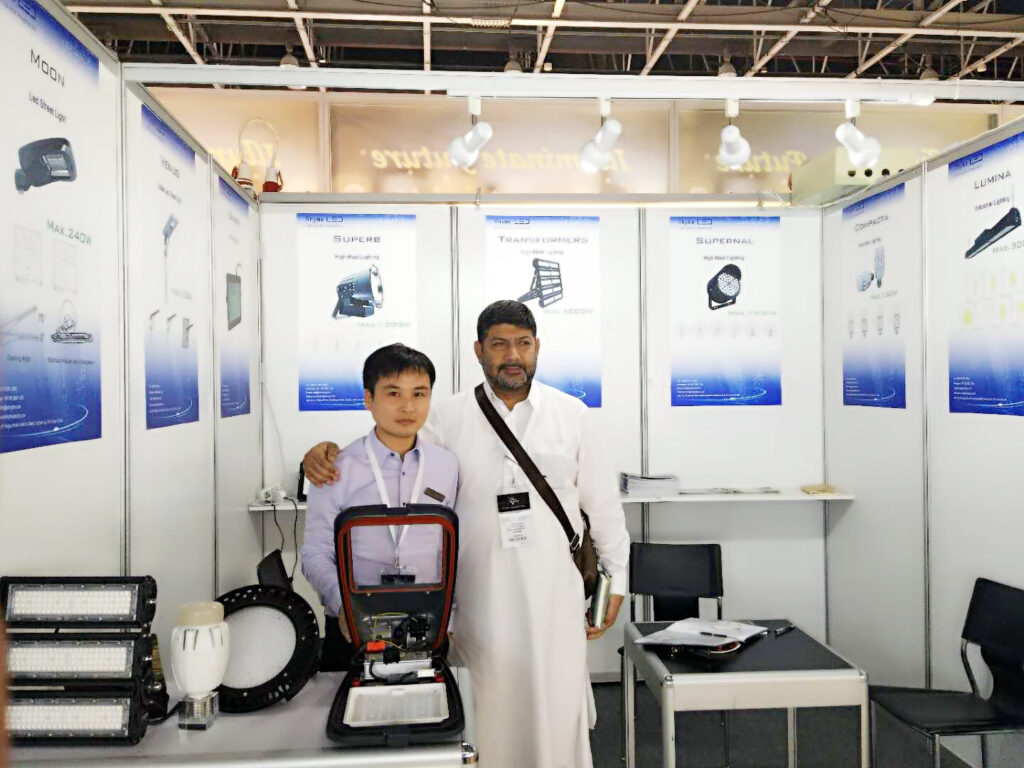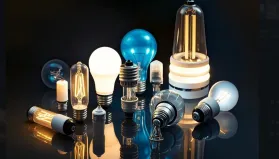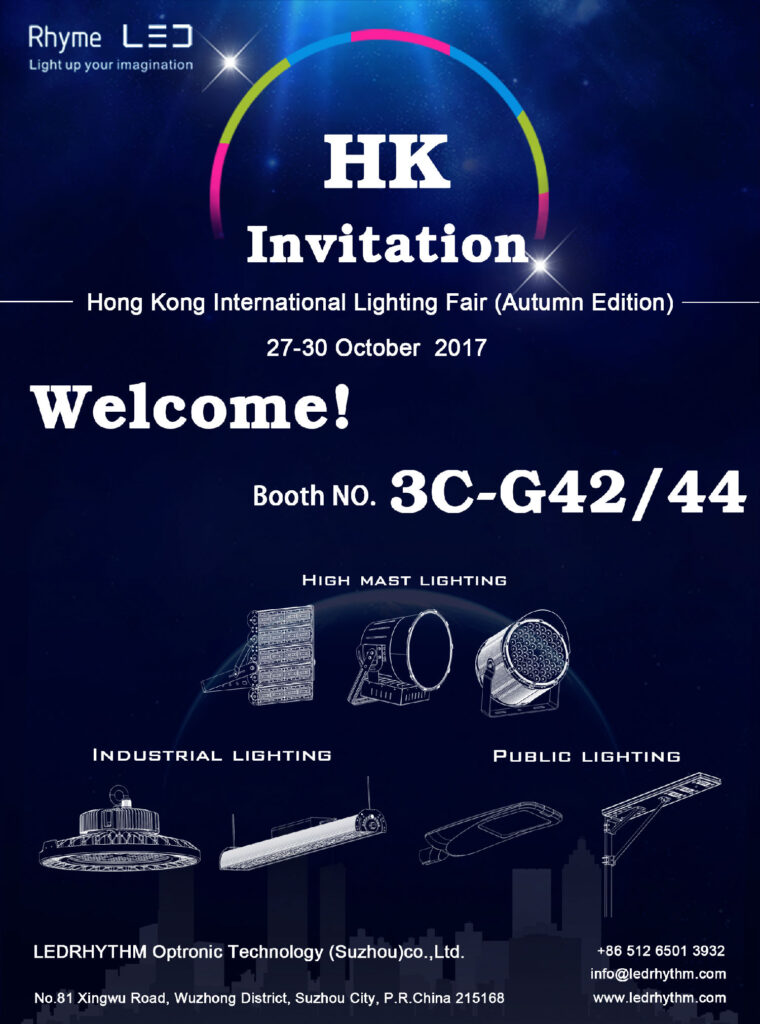Índice
AlternarIntrodução
A invenção da lâmpada eléctrica revolucionou a forma como os seres humanos interagem com o seu ambiente. Mas quem criou a lâmpada eléctrica, quem inventou a lâmpada eléctrica e qual é a história completa da sua criação? Quem inventou a lâmpada eléctrica, e qual é a história completa da sua criação? Foi realmente Thomas Edison, ou há outros que merecem crédito? Ao explorar as contribuições dos primeiros inventores, as melhorias efectuadas ao longo do tempo e os avanços modernos de empresas como a LedRhythm.
Quem inventou/fabricou a lâmpada eléctrica: Os Pioneiros
Há um equívoco comum sobre a invenção da lâmpada eléctrica: Thomas Edison foi o único inventor. Na realidade, a invenção da lâmpada eléctrica foi o resultado de um esforço multifacetado, sendo a principal contribuição de Edison o aperfeiçoamento e a comercialização da prática lâmpada incandescente.
A criação da lâmpada eléctrica envolveu a contribuição de muitos inventores, incluindo Humphry Davy, Joseph Swan e Thomas Edison.


Quem inventou a lâmpada eléctrica em 1806?
Em 1806, Humphry Davy demonstrou pela primeira vez a luz de arco elétrico. Foi a primeira vez que o ser humano utilizou a eletricidade para produzir luz, mas não se tratava de uma lâmpada no sentido moderno. Era extremamente brilhante, mas consumia muita eletricidade e tinha um tempo de vida curto, pelo que não podia ser amplamente utilizada.
Warren de la Rue, 1840
Colocar um fio de platina num tubo de vidro com vácuo e aplicar-lhe eletricidade para emitir luz é altamente eficiente, mas a platina é cara e, por isso, pouco prática.
Joseph Swan, Grã-Bretanha, 1850-1878
Em 1860, produziu um protótipo de uma lâmpada incandescente com filamento de carbono, mas a tecnologia de vácuo imatura fez com que o filamento se oxidasse rapidamente.
Em 1878 (um ano antes de Edison), demonstrou publicamente uma lâmpada de filamento de carbono utilizando uma tecnologia de vácuo melhorada. Obteve uma patente no Reino Unido e iniciou a instalação em pequena escala.
A descoberta de Edison (1879)
Inventou a lâmpada incandescente de longa duração e baixo custo para uso comercial e doméstico, utilizando um filamento de carbono e um bolbo de vidro cheio de vácuo.
22 de outubro de 1879: A sua equipa conseguiu obter um brilho contínuo de 14,5 horas para uma lâmpada de filamento de carbono, melhorando-o mais tarde para 1.200 horas. Concebeu um sistema completo de fornecimento de energia: gerador, cablagem, interruptores, fusíveis, etc., tornando a iluminação eléctrica viável para utilização em grande escala.
que inventou a lâmpada eléctrica.
Não foi o primeiro a criar a lâmpada, mas o seu projeto era estável, fabricável e adequado para uso doméstico. Embora Edison seja amplamente creditado, a verdade é que a invenção da lâmpada foi um esforço coletivo que durou décadas.

Criador de lâmpadas
A viagem começou no início do século XIX com a lâmpada de arco de Davy. Edison patenteou a sua versão em 1879, mas a questão de quem inventou a primeira lâmpada continua a ser contestada.
Quem inventou a lâmpada eléctrica?
| Criador | Ano | Contribuição |
|---|---|---|
| Humphry Davy | 1806 | Lâmpada de arco elétrico |
| Joseph Swan | 1850-1878 | Lâmpada de filamento de carbono antiga |
| Thomas Edison | 1879 | Lâmpada incandescente prática |
A primeira lâmpada eléctrica e a sua evolução
Humphry Davy inventou a lâmpada de arco elétrico. Embora fosse brilhante, era volumosa, tinha grandes perdas e não era adequada para uso doméstico. Não era uma verdadeira lâmpada eléctrica.
| Ano | Invenção / Melhoria | Caraterísticas principais |
|---|---|---|
| 1806 | Lâmpada de arco (Humphry Davy) | Primeira lâmpada eléctrica com arco de carbono; demasiado grande para uso doméstico |
| 1841 | Lâmpada de filamento de platina (Warren de la Rue) | Lâmpada de vidro de vácuo com fio de platina; demasiado cara para ser comercializada |
| 1854 | Lâmpada de filamento de carbono antiga (Heinrich Göbel) | Alegada utilização precoce de filamento de bambu carbonizado; contribuição contestada |
| 1878-1879 | Lâmpada incandescente prática (Joseph Swan e Thomas Edison) | Lâmpada selada no vácuo com filamento de carbono; duradoura e comercializável |
| 1906+ | Lâmpada de filamento de tungsténio | Maior eficiência e durabilidade; padrão nos lares há décadas |
| Final do século XX | Lâmpadas fluorescentes compactas e lâmpadas LED | Poupança de energia, longa duração; substitui gradualmente as lâmpadas incandescentes |
Quem inventou realmente a lâmpada eléctrica?
A disputa sobre quem inventou a lâmpada eléctrica continua até aos dias de hoje. A lâmpada eléctrica não foi inventada por um único indivíduo, mas sim por uma série de cientistas ao longo de décadas. O cerne do debate reside na definição de "invenção" - quem teve o primeiro conceito, quem concebeu primeiro um dispositivo prático ou quem o comercializou primeiro?
A capacidade de Edison para comercializar o seu projeto torna-o o mais reconhecido, mas as contribuições de Davy, Swan e outros não podem ser ignoradas.
Quem patenteou a lâmpada eléctrica?
Joseph Swan e Thomas Edison inventaram as lâmpadas incandescentes práticas quase em simultâneo, tendo Swan processado Edison por infração de patente no Reino Unido. As duas empresas acabaram por chegar a um acordo e fundiram-se em 1883 para formar a "Edison & Swan Company".
As optimizações finais do projeto da Edison incluíam:
- Utilizar um filamento carbonizado
- Aumentar o nível de vácuo
- Fornecer um sistema de corrente estável (produção de eletricidade + distribuição + iluminação)
Em outubro de 1879, Edison acendeu com sucesso uma lâmpada que durou mais de 40 horas e solicitou uma patente.
Como é que a lâmpada eléctrica foi melhorada por Thomas Edison?
- Depois de testarem mais de 1600 materiais (incluindo platina, bambu e fio de algodão), acabaram por se decidir pelo filamento de algodão carbonizado (1879).
- Criaram uma lâmpada de vidro de alto vácuo e, em colaboração com fabricantes de vidro, aumentaram significativamente o seu tempo de vida.
- 22 de outubro de 1879: A equipa conseguiu com sucesso um brilho contínuo de 14,5 horas para uma lâmpada de filamento de carbono, melhorando-o mais tarde para 1.200 horas.
- Conceberam um sistema completo de alimentação eléctrica: gerador, cablagem, interruptores, fusíveis, etc., permitindo a generalização da iluminação eléctrica.
Considerações finais
A lâmpada eléctrica não foi inventada de um dia para o outro por uma só pessoa; foi o resultado de quase um século de aperfeiçoamento contínuo por vários inventores. Thomas Edison é amplamente reconhecido como a figura-chave na comercialização e utilização prática da lâmpada eléctrica, enquanto a lâmpada de filamento de tungsténio subsequente inaugurou verdadeiramente a era da iluminação.
Desde as experiências de Davy até às descobertas de Edison e às inovações contemporâneas da LedRhythm, a história da lâmpada eléctrica demonstra a busca persistente da humanidade pelo progresso.
As pessoas também perguntam
Quem obteve a patente da lâmpada eléctrica?
Ao longo da história, muitos inventores de lâmpadas obtiveram patentes, como Joseph Swan e Thomas Edison.
| Inventor | País | Número/ano da patente | Foco técnico | Estatuto jurídico |
|---|---|---|---|---|
| Joseph Swan | Reino Unido | 1860, 1878 | Lâmpada de filamento de carbono no vácuo | Liderava o mercado britânico, tendo-se posteriormente fundido com a Edison. |
| Edison | Estados Unidos | 223,898 (1880) | Sistema prático de filamento de carbono + fonte de alimentação | Patente estabelecida nos Estados Unidos após seis anos de litígio. |
| Sawyer & Mann | Estados Unidos | 205,144 (1878) | Lâmpada de carvão em barra | Coberto pela patente de Edison |
| Woodward | Canadá | 3,738 (1874) | Lâmpada de haste de carbono cheia de nitrogénio | Patente vendida a Edison |
Quem foi o primeiro a inventar a lâmpada eléctrica?
Humphry Davy foi o primeiro a inventar a lâmpada eléctrica. Em 1806, inventou a lâmpada de arco, que se baseava no princípio da descarga de gás para gerar luz. Isto lançou as bases para o desenvolvimento da lâmpada eléctrica.
Quando foi inventada a lâmpada eléctrica?
- Em 1806, Humphry Davy inventou a lâmpada de arco elétrico.
- Em 1879, Thomas Edison inventou a lâmpada incandescente.
Estes foram dois pontos de viragem significativos.
Edison é o fundador da lâmpada eléctrica?
Ainda se discute quem inventou a lâmpada eléctrica.
Edison não pode ser considerado o inventor da lâmpada eléctrica, uma vez que Humphry Davy demonstrou o primeiro protótipo. Edison também não pode ser considerado o inventor da lâmpada incandescente, uma vez que Joseph Swan a inventou por volta da mesma altura.
Quem concebeu a lâmpada eléctrica?
A conceção prática da lâmpada eléctrica foi desenvolvida conjuntamente por Joseph Swan e Thomas Edison.
Swan foi o pioneiro da lâmpada de filamento de carbono a vácuo em 1878 e obteve uma patente britânica. Em 1879, Edison optimizou o material do filamento e desenvolveu um sistema de fornecimento de energia, permitindo a comercialização em larga escala. Eventualmente, as duas empresas fundiram as suas patentes para promover a adoção global.



